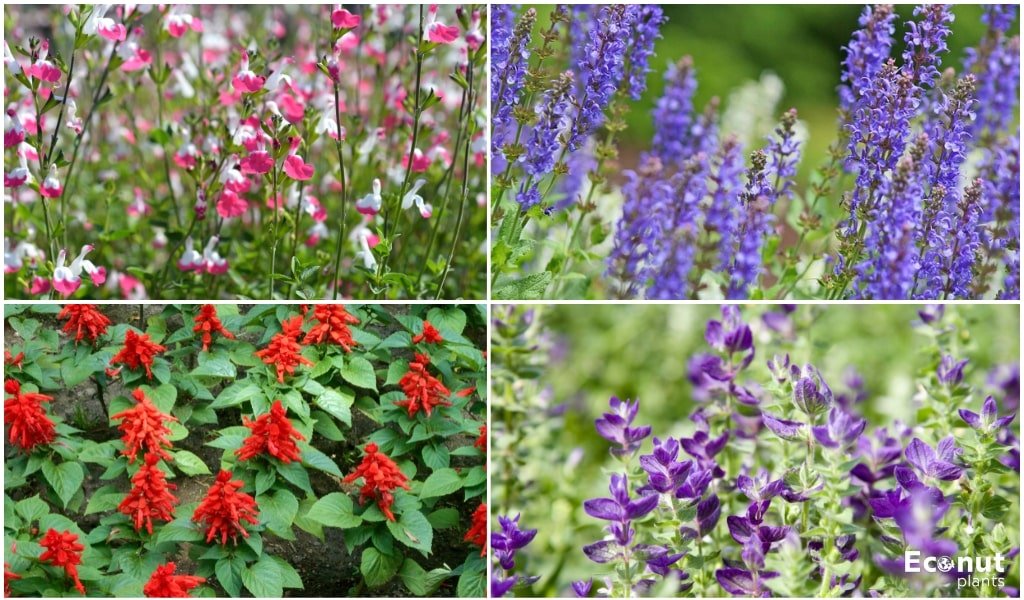There are a lot of varieties of sage, but how do you pick the best one? We’ve chosen the culinary and ornamental fan favourites!
Numerous varieties of sage are available for this purpose, making it one of the most often used plants for smudging. This post will discuss the nine distinct varieties of sage that are great for smudging and have certain qualities that make them ideal for making smudge sticks.
What is a Sage Plant?
Sage is a mint-like plant that also goes by the name Salvia. It resembles lavender in appearance and smell, and it can be used as an ornamental or culinary garden plant.
This variety of mint is often larger than others in the Lamiaceae family. Actually, among the mint family, it is the largest species. Its growth is the interesting part. While some sages might reach a height of three feet, some can grow to be over six feet tall.
Additionally, the hues vary greatly; some are violet, some red, and in certain instances, even white and pink. In addition to colours ranging from deep green to light grey and occasionally even yellow, its leaves clearly show that it is a member of the mint family. It is a plant that thrives in cold climates, grows well in nearly any type of soil, and dries up in arid conditions.
Types of Sage Plants
1. Salvia dorisiana

Originating in Central America is the fruit-scented sage, or simply fruit sage. Large leaves make for a simple harvest for drying and storing, and its tasty and fragrant pink blossoms are a show-stopper.
2. Autumn Sage
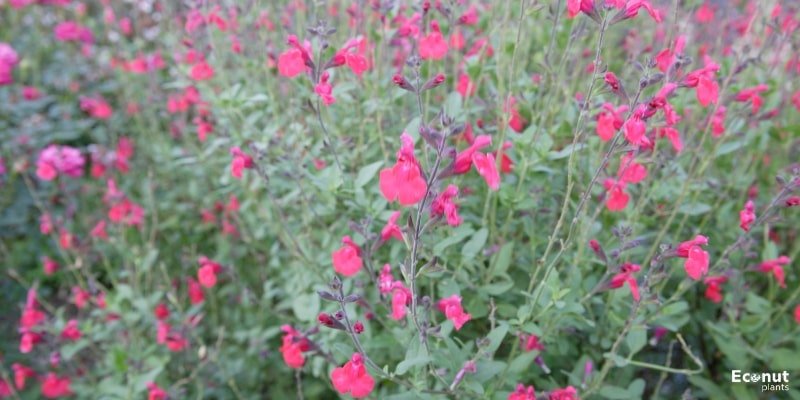
The plant known as autumn sage grows wild in the Southwest region of the United States and far into Mexico. Autumn sage is a perennial that frequently becomes an evergreen in areas where winter temperatures remain above freezing.
Hummingbirds love flowers because they are produced over an extended period of time, from spring through fall.
3. Garden Sage

It is also known as culinary sage or common sage. One of the most popular varieties of sage, it has dozens of colourful variants and is very edible, even the blooms. Sage is very simple to grow. It will remain content if you keep it from getting too hot or too damp.
4. Blackcurrant Sage
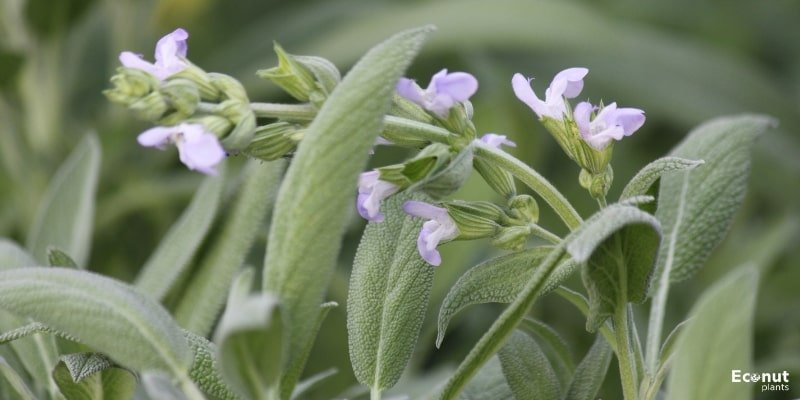
It is also known as the Graham’s or Myrtle of the Mountains since it is a cold-weather sage that grows at high elevations. This one is frequently used in desserts and is more of a culinary sage than a decorative one.
Nevertheless, that doesn’t lessen its appeal because of its striking purple blossoms, which make a statement in any garden. It can easily reach a height of more than three feet in the correct conditions. Although it enjoys moderate dampness, it grows best in soils with good drainage.
5. Juniper
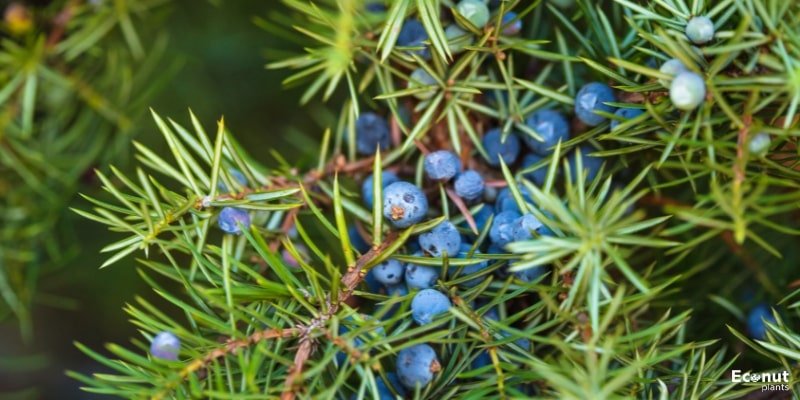
Like cedar, juniper is a very old plant that dates back thousands of years. In the past, juniper was linked to a protective male spirit and was thought to be excellent for helping worried people create a safe haven.
This kind of smudge is frequently used to fend off bad energy, but it can also be beneficial for blessings and attracting abundance into one’s life.
6. Black and Blue’ Salvia
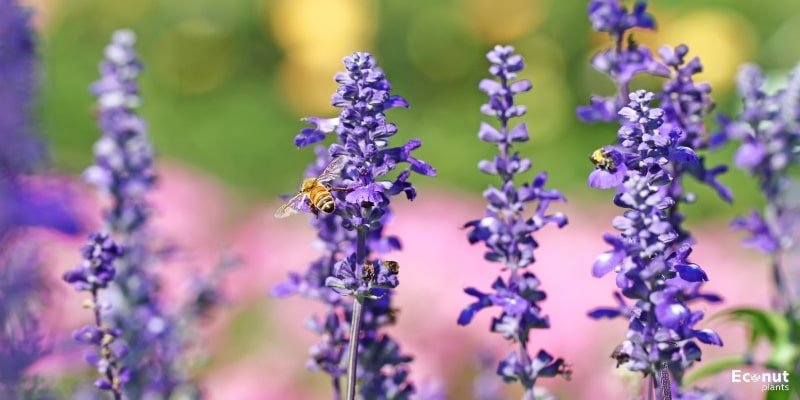
‘Black and Blue’ is a hummingbird magnet, with spikes of deep cobalt-blue flowers emerging from purple-black buds on dark stalks.
There’s a light anise smell to the foliage. Grown with ease, this perennial salvia plant will repay you with beautiful blooms every year.
7. Pineapple Sage
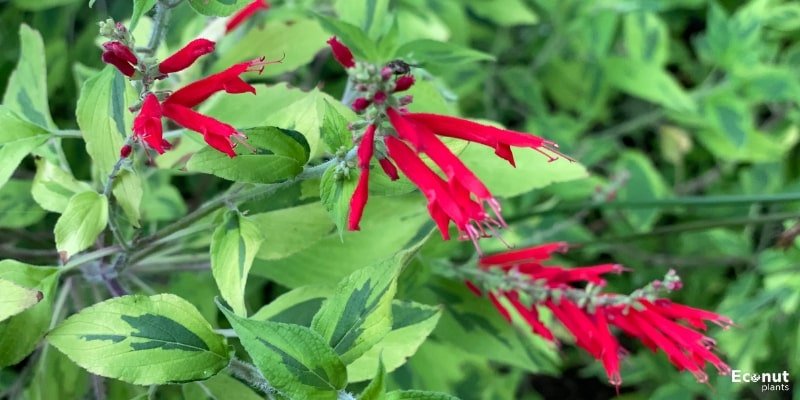
The huge, lance-shaped green leaves of pineapple sage are accompanied by clusters of vivid red flowers with yellow centers that bloom in the late summer and early fall. The name comes from the leaves’ delicious, pineapple-like fragrance.
8. Baby Sage
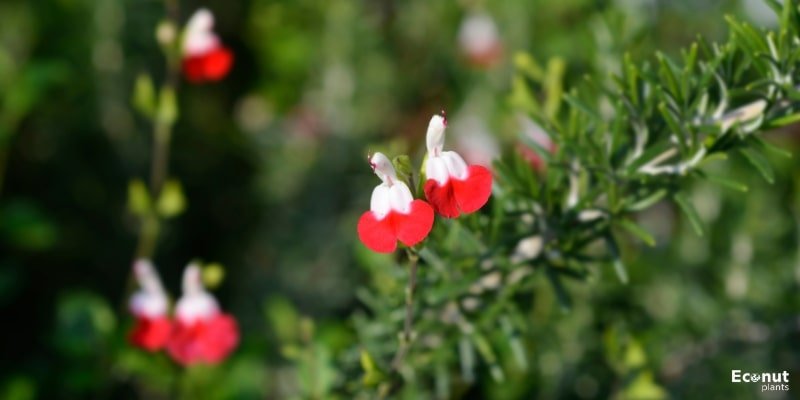
Salvia microphylla, an evergreen shrub with many branches and an erect to mounding form, is also known as Baby Sage or Little Leaf Sage. It has a pleasant perfume. Tiny, vivid reddish-pink flowers in whorls or pairs surround the stem of this plant, which also has small, oval-shaped green leaves. Depending on the cultivar, the colour of the blossom may vary.
Bright pinkish-red blooms that captivate the eye adorn the striking Baby Sage plant. With consistent, vibrant blooms from spring to fall and rich, evergreen foliage that is visible throughout the year, it is visually appealing all year round.
It can be grown in large quantities or as a lone plant. Owing to its powerful scent, particularly on warm days, it’s a fantastic option for fragrant gardens.
9. Clary Sage
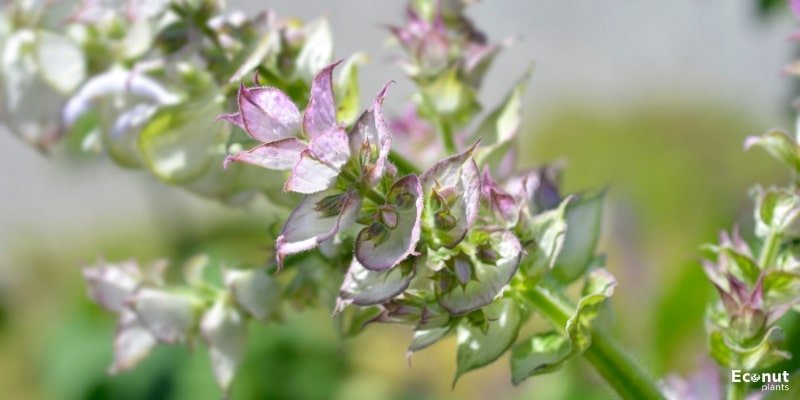
The Mediterranean region of the world is home to sage, which has a pleasant, herbal aroma. Cleaning a living area, fostering calm, peaceful thoughts, contemplation, and relaxation are among its popular uses.
It also stimulates creativity. Many cosmetics and aromatherapy products contain clary sage, which is said to have strong hormone-balancing qualities.
10. Salvia chamaedryoides
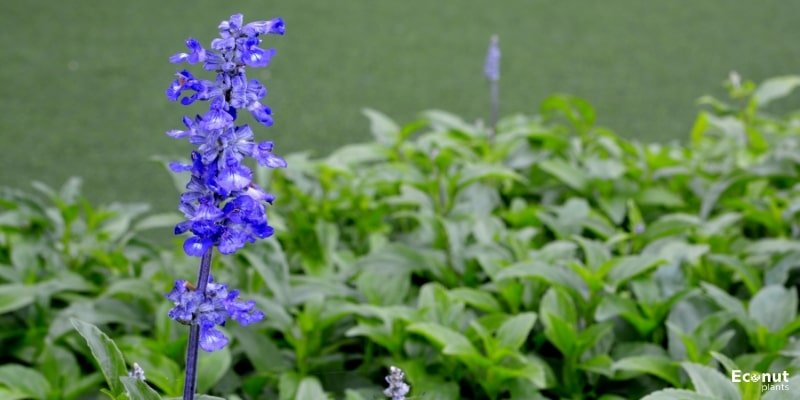
Mexican blue sage, also known as blue oak sage, is another name for Salvia chamaedryoides, commonly known as Germander sage. This beautiful plant, which can grow to a height of 12 to 18 inches and a width of 3 to 4 feet, is a common ground cover in xeriscape gardens. It is also an excellent pollinator plant because of its blue flowers.
11. Mexican Bush Sage
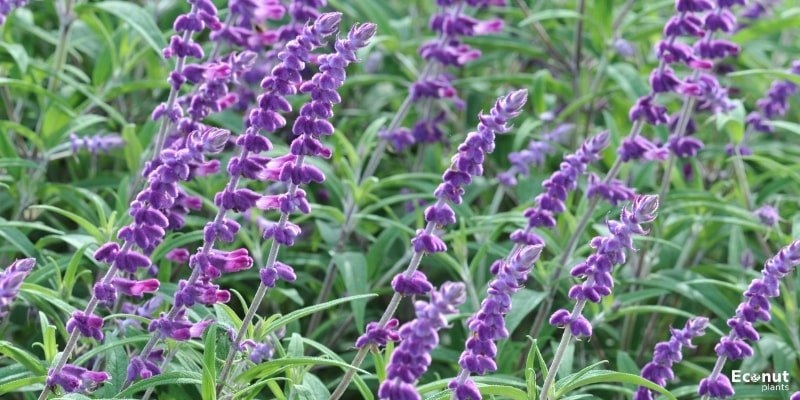
Mexican bush sage is indigenous to Mexico and Central America, as its common name implies. One of the most striking varieties of sage, it looks great, bordered by bright flowers. Mexican bush sage should be grown as an annual in areas where winter temperatures drop below zero.
12. Anise-Scented Sage

Anise-scented sage is another popular kind. It is one of the easiest to identify in gardens thanks to its bright green foliage and purple-blue blossoms.
This sage is completely ornamental, unlike normal sage. Not only does it have unusual leaves and flowers, but it may reach a height of more than 6 feet.
It thrives as a perennial in chilly climates. However, it can also grow as an annual in warm areas. It can withstand drought for a few months, but it loves damp soils like most sages. Its woodsy, spicy aroma is reminiscent of anise, which is where the name originates.
13. Purple Sage
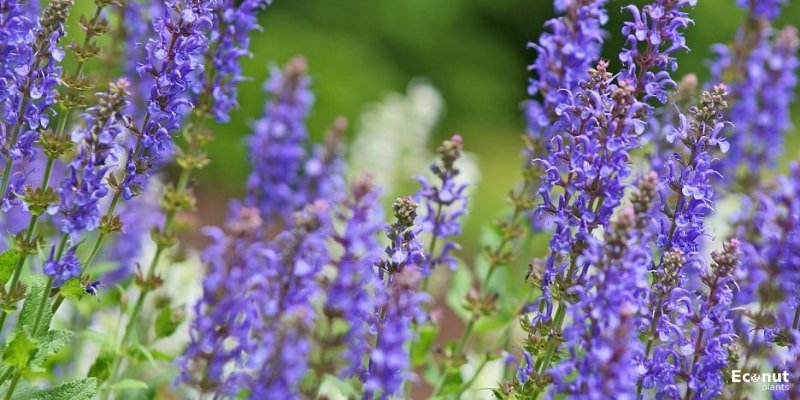
Purple sage adds extra colour to pots, beds, and borders, but it’s not quite as durable or savoury as its silvery-grey cousin. Plant it where you can easily brush the foliage to release its aromatic, pine-like herbs. It is possible to utilize the strongly scented, purplish, rectangular leaves in cooking, either fresh or dried.
14. Russian Sage
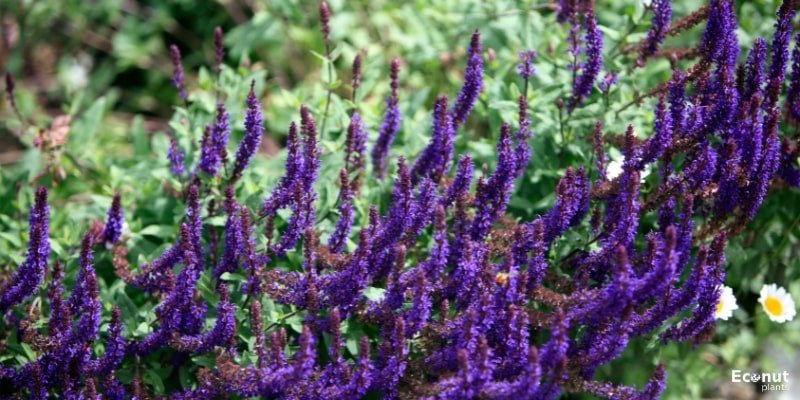
Russian sage is a lovely shrub with silvery-green foliage that blooms lavender-blue, scented little flowers in late summer and early fall on spikes. Both a hedge and an accent plant can be made out of it.
15. Greek Sage
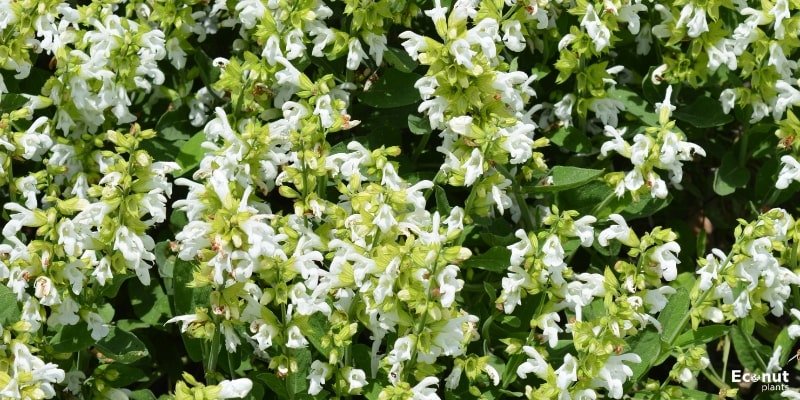
Salvia fruticosa, also known as Greek Sage or Three-lobed Sage, is an evergreen shrub that grows erect and has dense bushy growth. It has a broad, cushion-like structure and appears frosty because of its many hairs, features basic grey-green or trilobed leaves and dense racemes of violet-pink flowers that rise above the foliage.
It can be utilized in borders or beds as a bulk planting or as a solitary plant. Because of its resilience to sprays of saline water, it can also be utilized for gardens along the sea.
16. Scarlet Sage
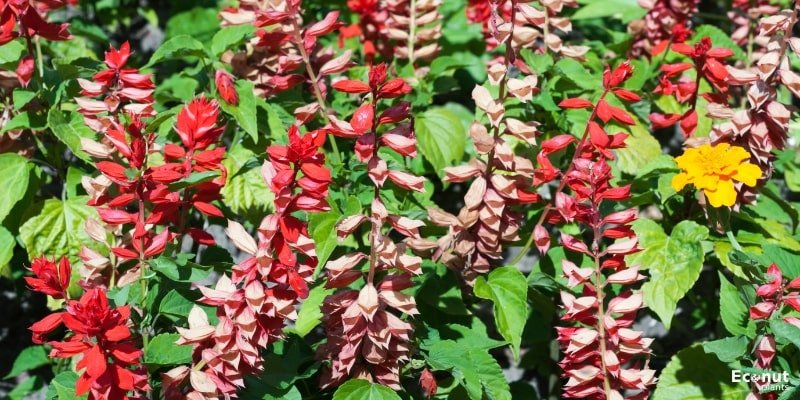
This decorative sage cultivates nicely in containers, border plants, and garden beds. The delicate scarlet sage plant is limited to being perennial in zones 10 and 11. For its vivid blossoms, cooler climates can grow it every year.
17. Sonoma Sage
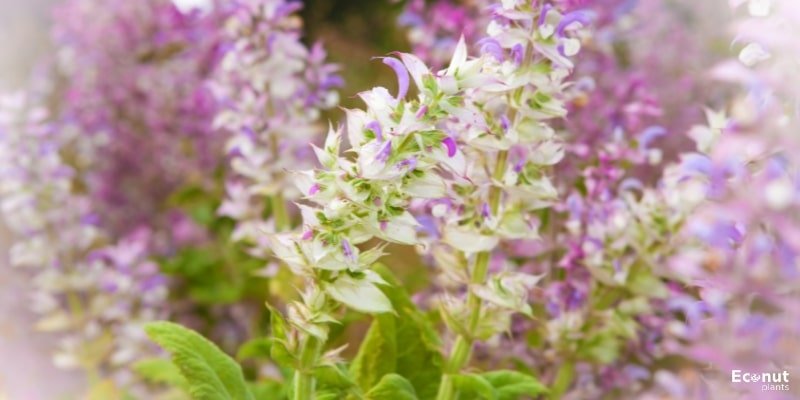
Sonoma sage is a perennial plant native to California that is most commonly found in chaparral plant habitats. The plant itself is regarded as a subshrub and seldom grows taller than a foot.
It does, however, produce purple or blue blooms on high spikes above its foliage, and in locations where it usually thrives, it is becoming more and more well-liked.
It grows naturally in foothill chaparral habitats and is widespread from Monterey to San Diego along the coastalso found on the slopes of the Sierra Nevada and along the California coast, from Napa County to Siskyou County.
18. Sage ‘Hot Lips’

This natural plant of North America is called “Hot Lips” sage, and it blooms all summer long. Despite the flowers’ delicate look, their vivid red colour makes a striking statement in a container or border garden. In addition, this perennial plant is evergreen in moderate winter climates and is generally shunned by rabbits and deer.
19. Variegated Sage
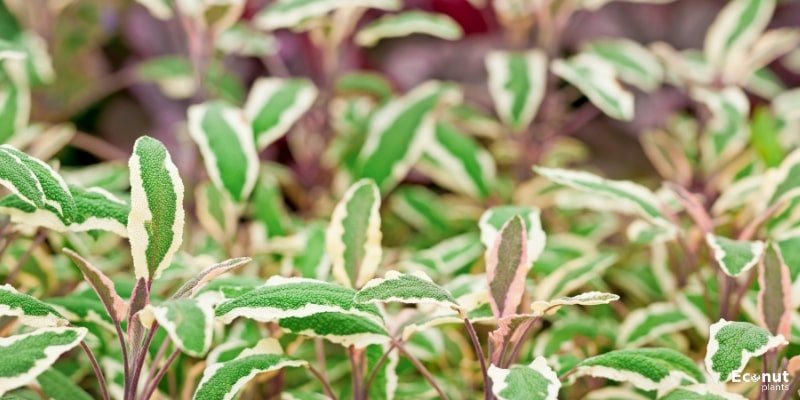
Here’s another exceptionally handsome member of the group of culinary sages. The leaves of variegated sage have an uneven chartreuse border around their grey-green colour.
Late spring sees the production of purplish-blue flowers on spikes. It can be easily combined with other perennials in borders or rock gardens, regardless of whether you cultivate it for its flavour or decorative appearance.
20. Mountain Sage
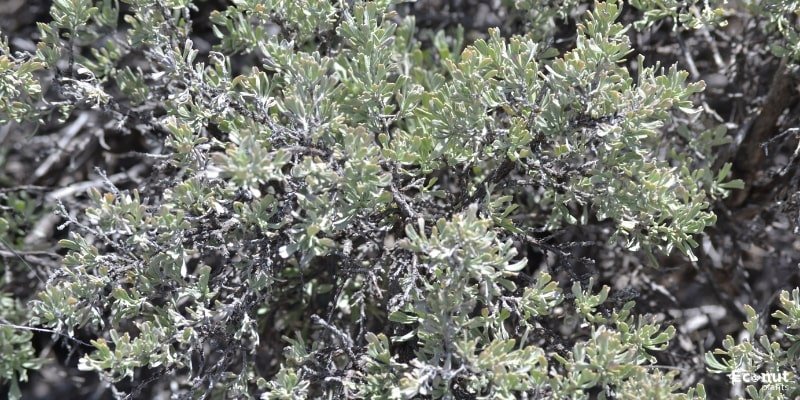
Salvia regla has spreading leaves that are somewhat serrated, and it can reach a height of 4-5 feet. Purple-black fruit is produced by the shrub, and the little white blooms have yellow centers.
21. Silver Sage
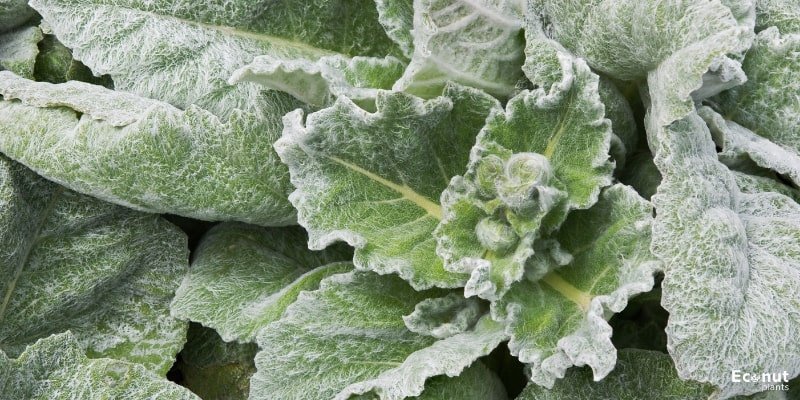
Salvia argentea, often known as silver sage or silver clary, is a compact basal rosette of big, silvery, woolly leaves that grows as an herbaceous, short-lived perennial or biennial. A tall panicle of tiny blush-white flowers grouped in whorls around the stems crowns the rosette when it is in bloom.
It’s a striking plant that looks good all year. A tall floral panicle with whorls of white flowers along the stems emerges from the rosette in the summer.
22. Brazilian Sage

Brazilian sage, sometimes referred to as Aztec or purple sage, is a native of South America and smells pleasant and flowery. It is frequently utilized for spiritual rituals, inner strength development, and the promotion of serenity and tranquillity.
Brazilian sage is frequently used in aromatherapy and cosmetic products because it is thought to have potent anti-inflammatory and antioxidant qualities.
23. South African Sage

The flavour of this unusual South African sage is similar to that of lemon and pepper. Its flavour sets it apart from other sages, and it goes well as a complementary spice in seafood meals.
24. White Sage
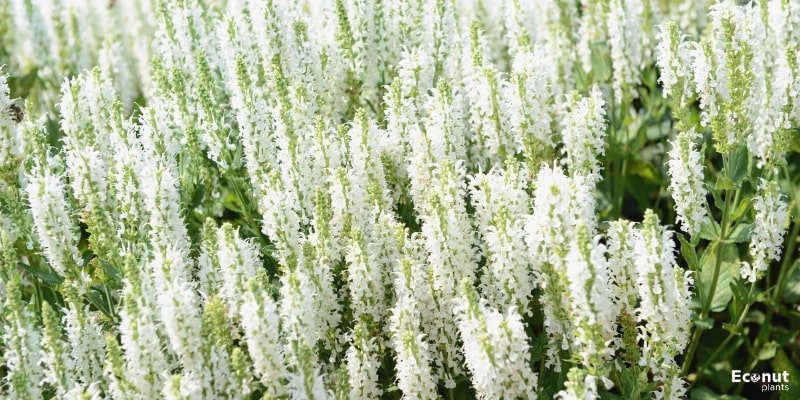
White sage, or Salvia apiana, is the type of sage that is specifically cultivated for human use. Given that it has a strong scent that is reminiscent of pine in any garden, there is no question about its spicy flavour.
Because of its distinctive white blossoms, it’s still a good ornament. This one produces round flowers that resemble bunches rather than spikey ones.
It grows best in conditions with well-draining soil that is moist, lots of sun exposure, and cold temperatures over warm ones.
25. Woodland Sage
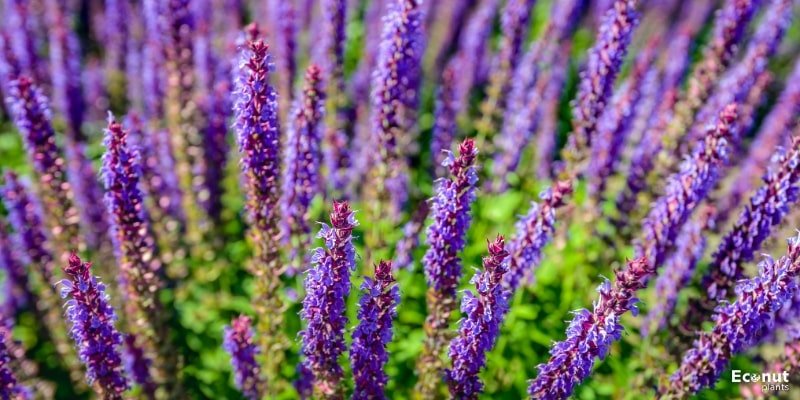
Its lance-shaped, grey-green leaves and square stems give it a clump-forming habit. The corolla is purple-blue, and the calyx has a deep blue colour. The flowers have two lips. Summertime brings forth the long, thick spikes of flowers.

